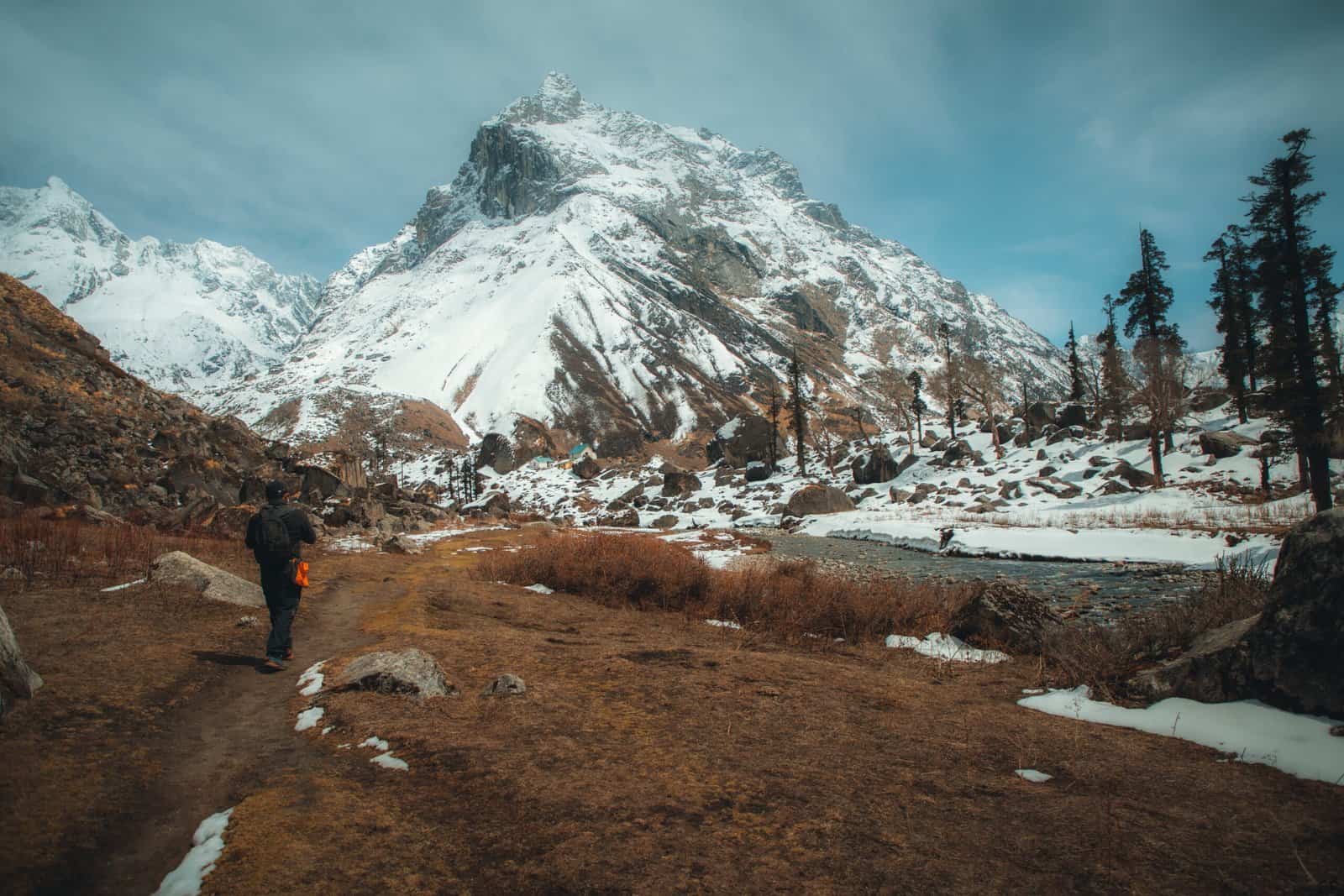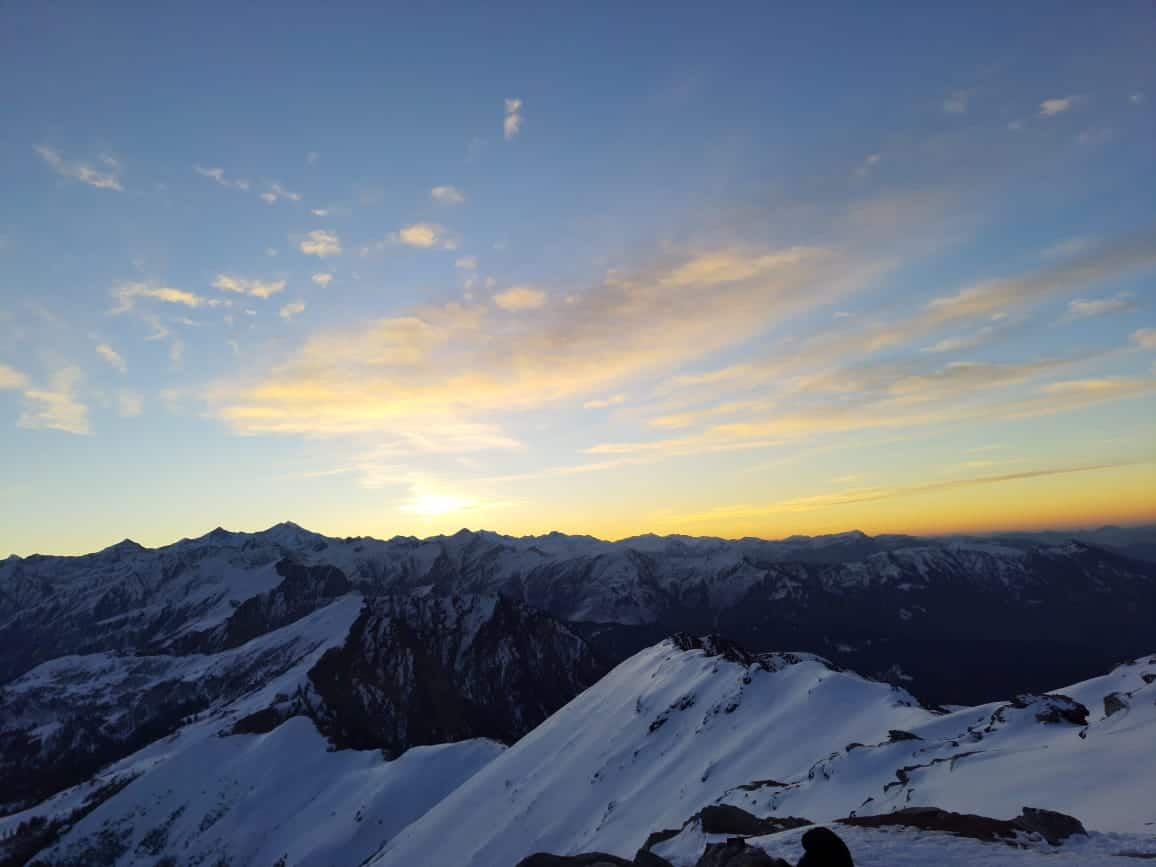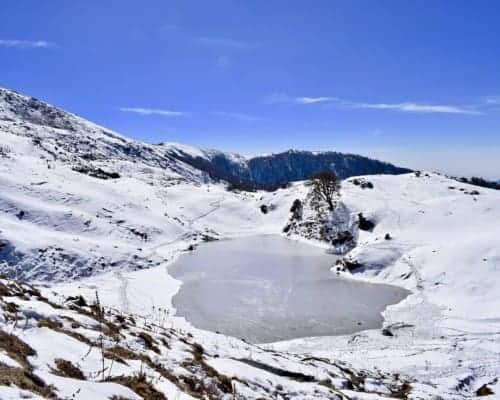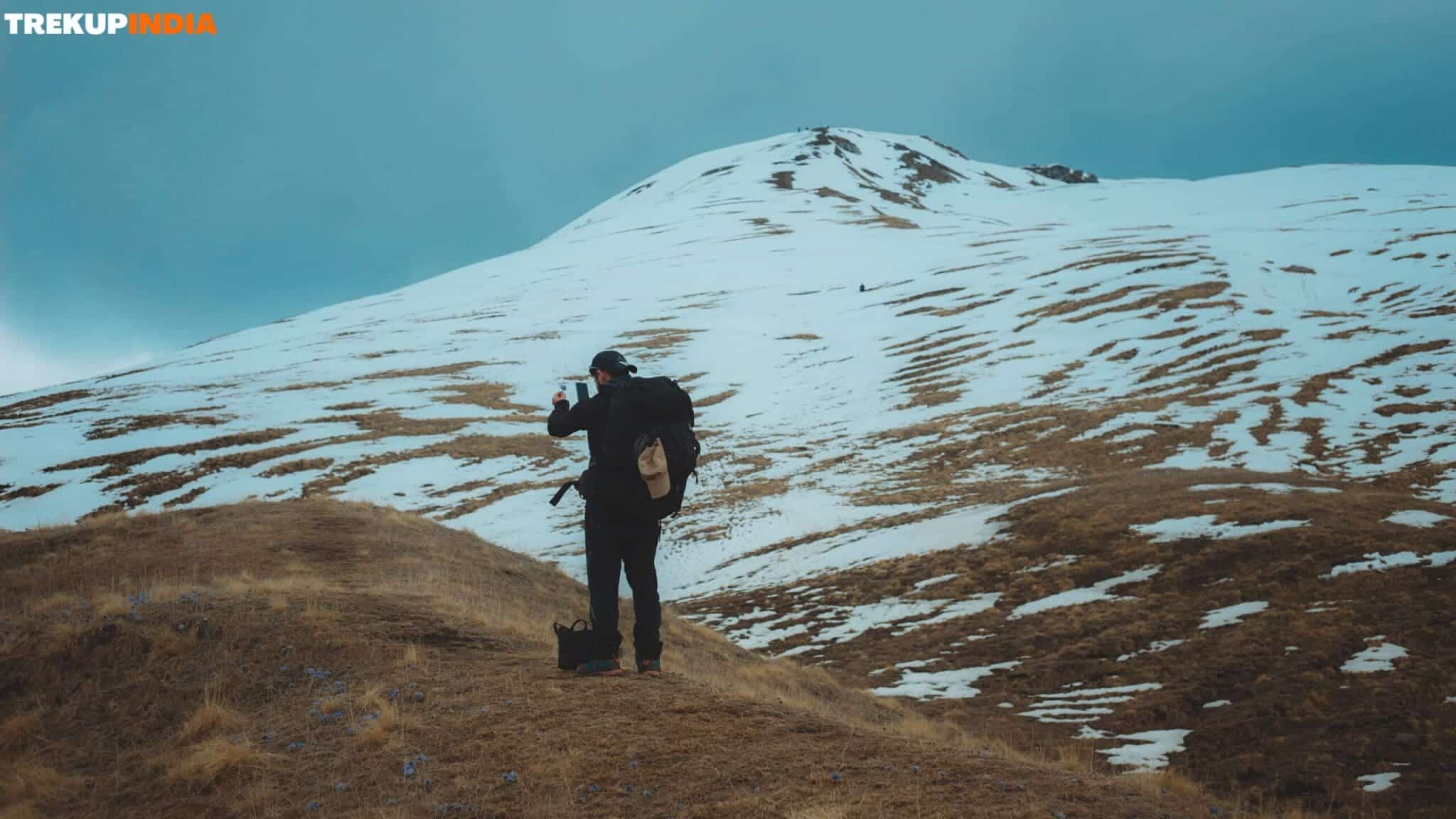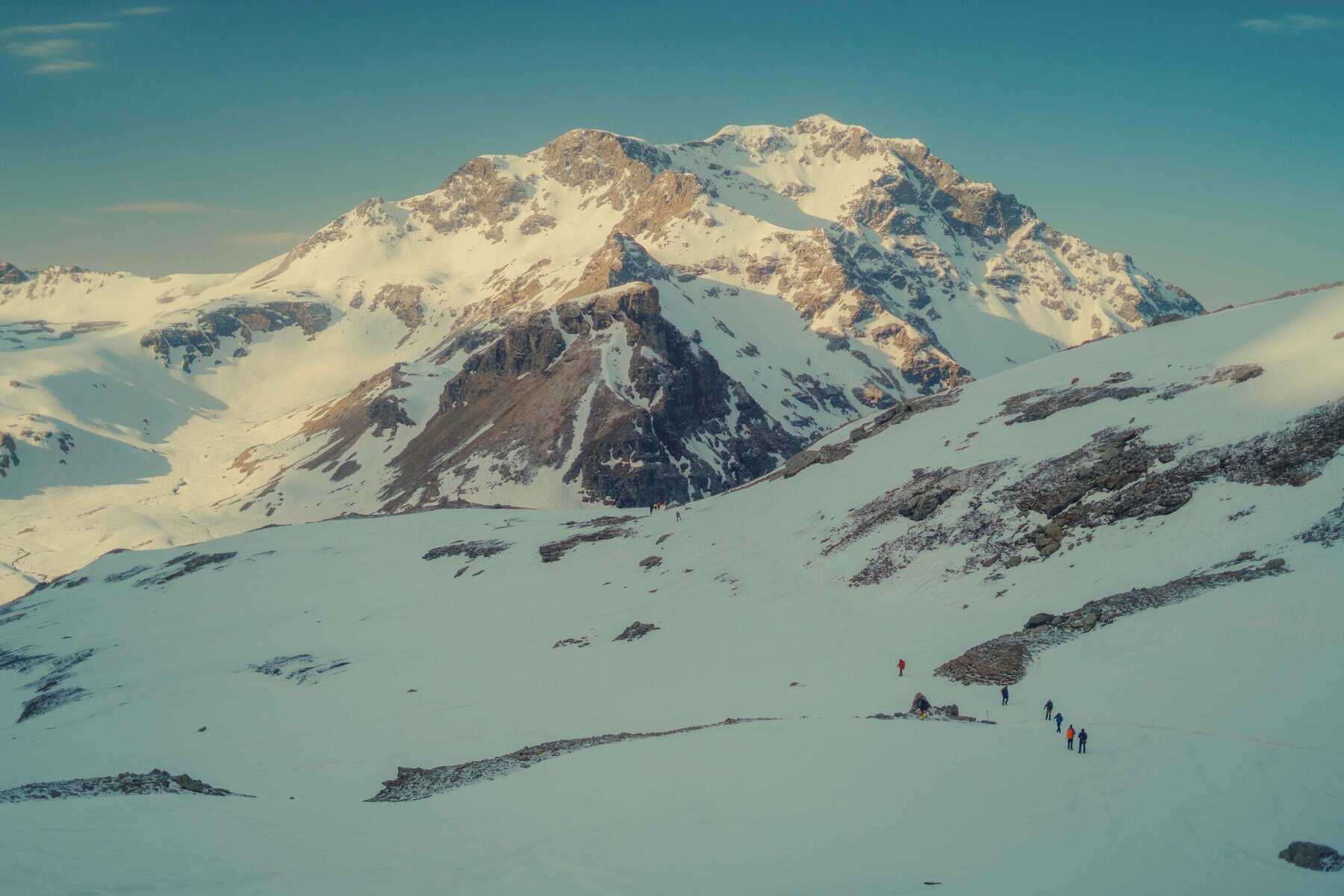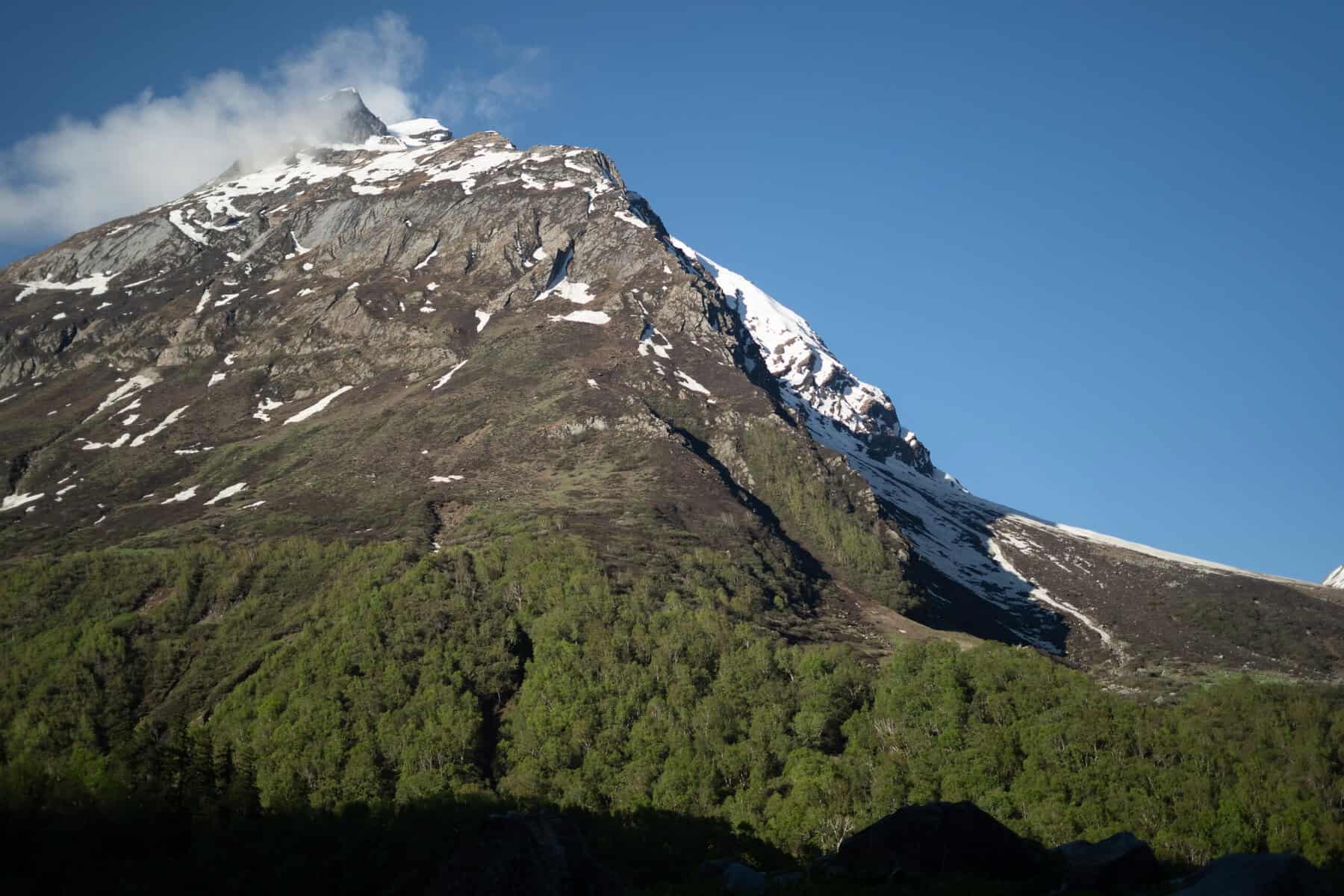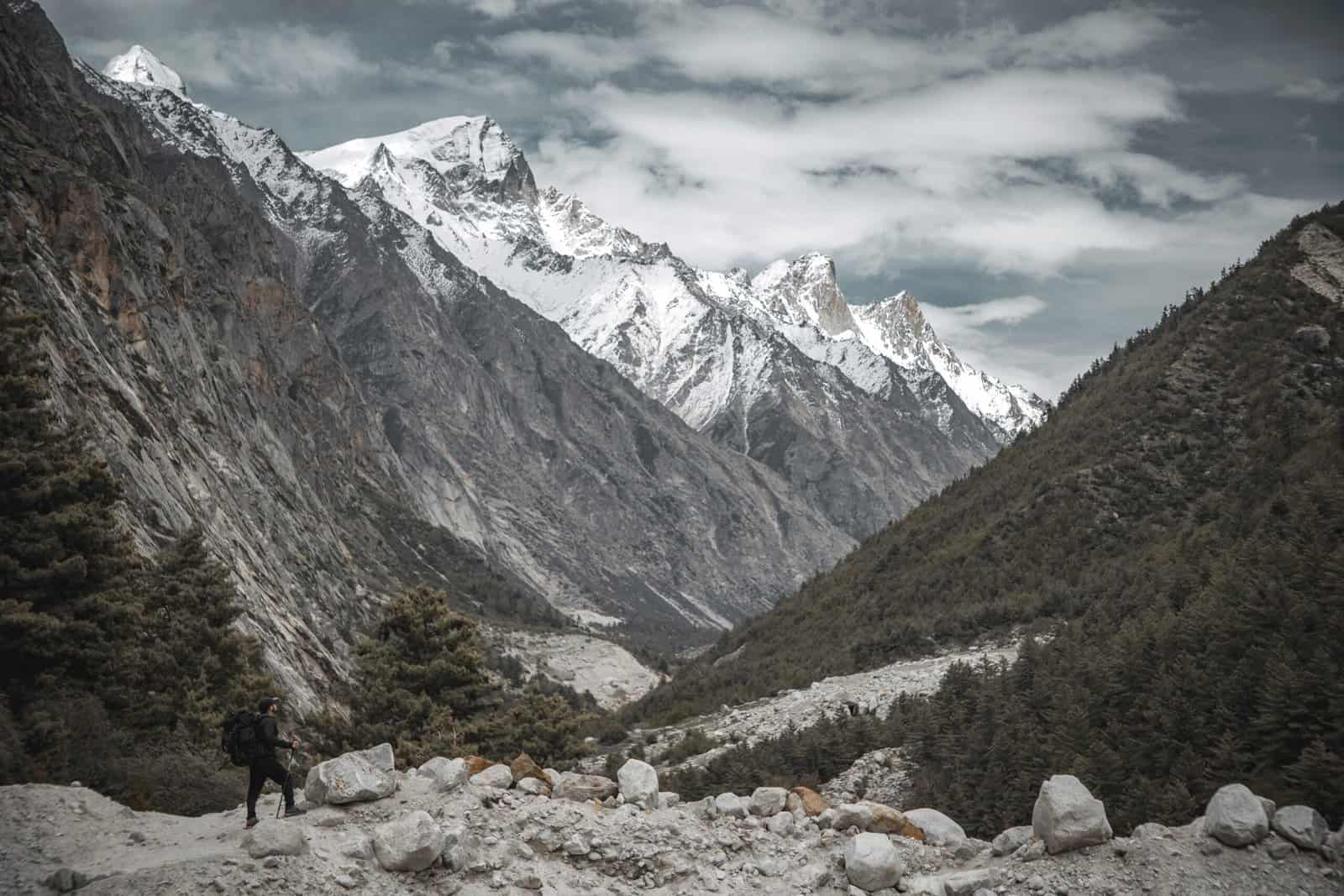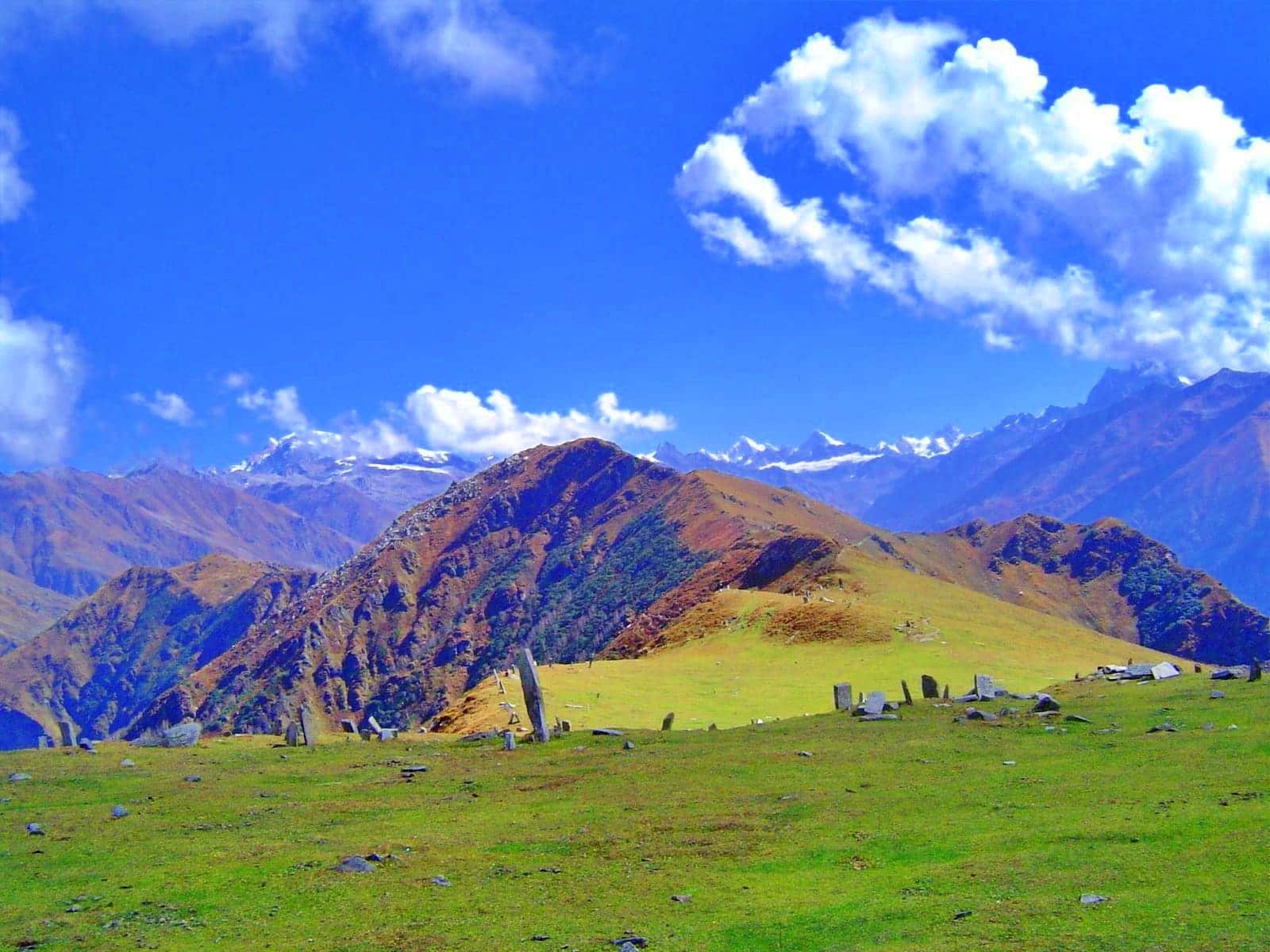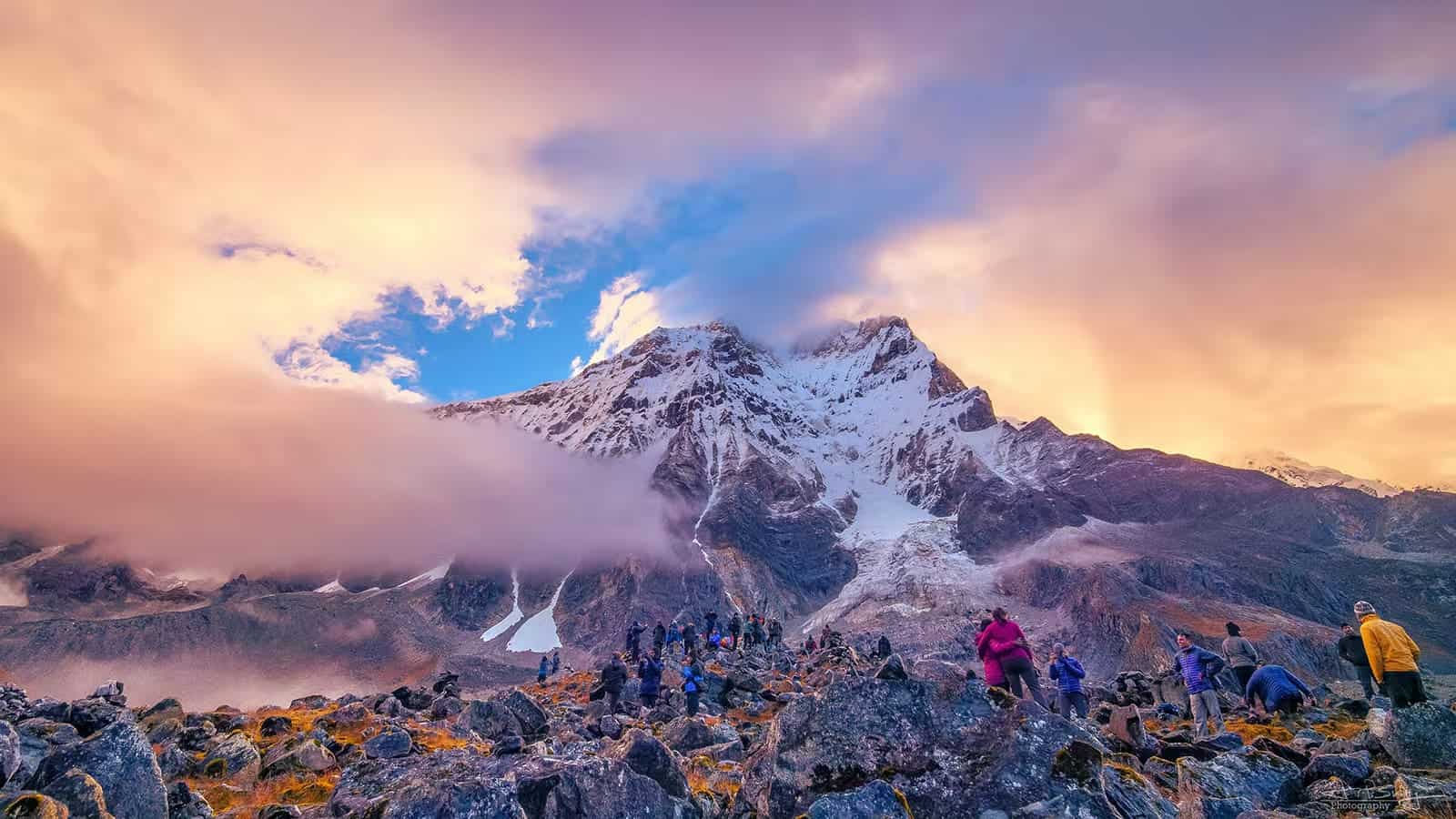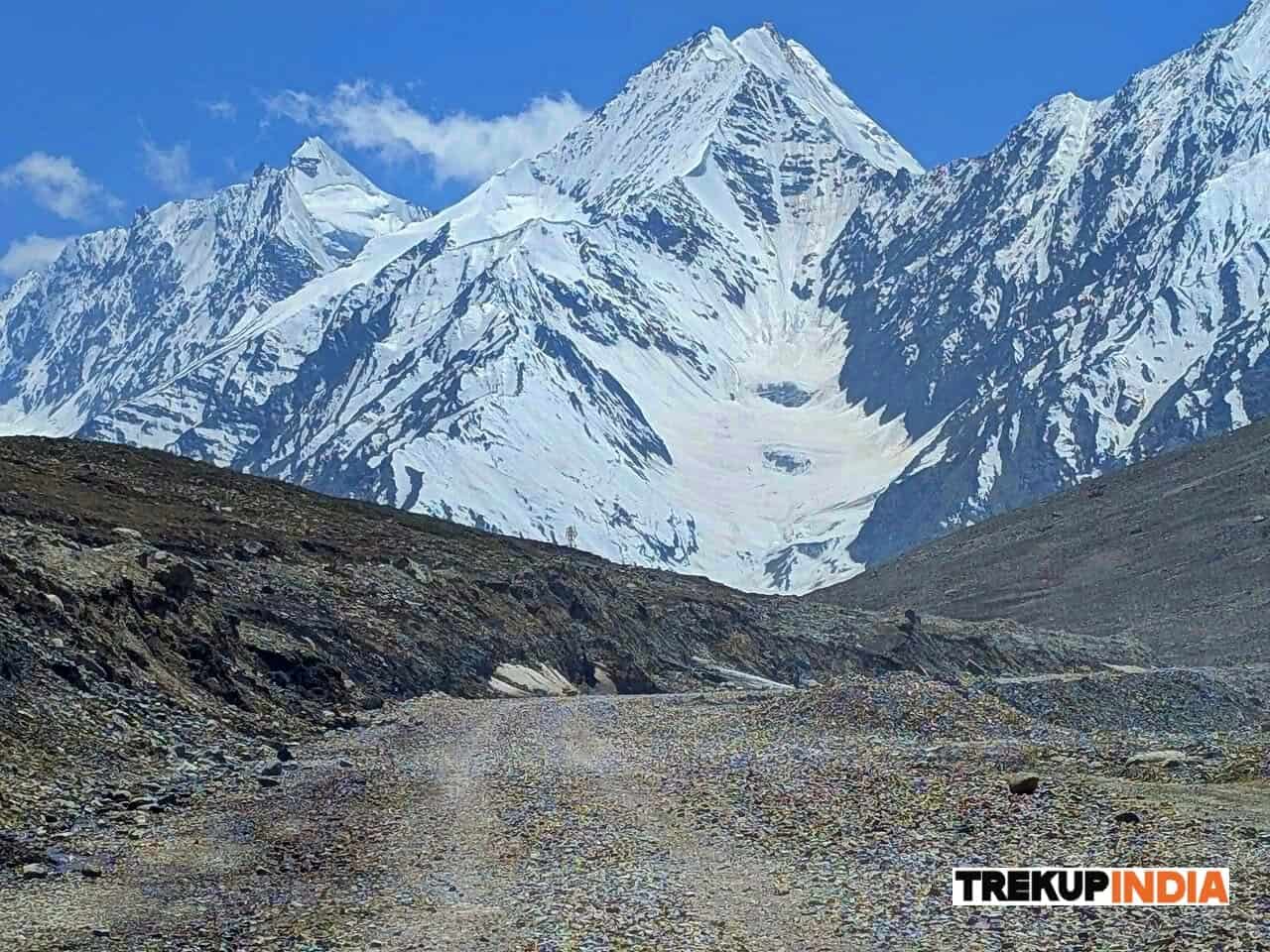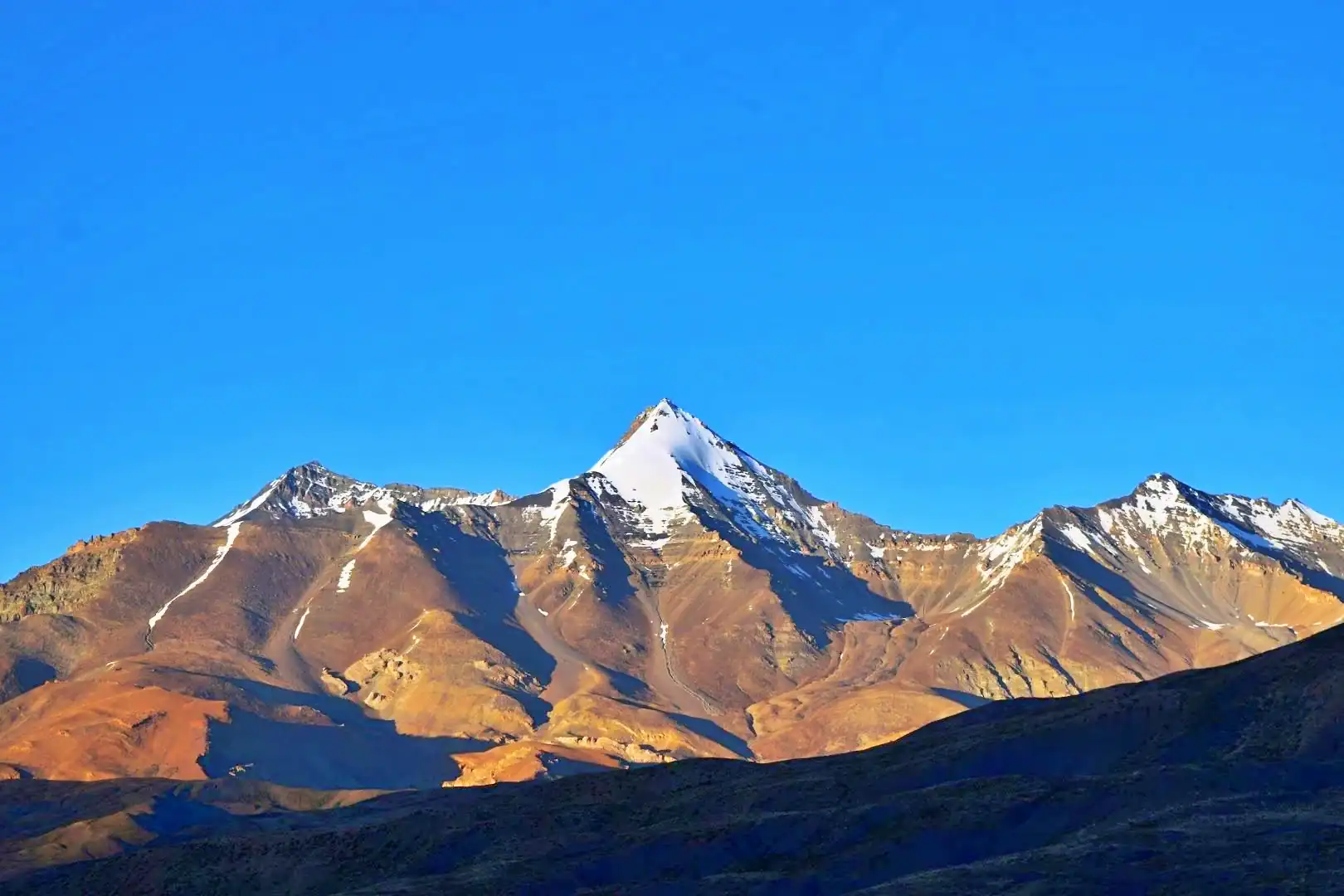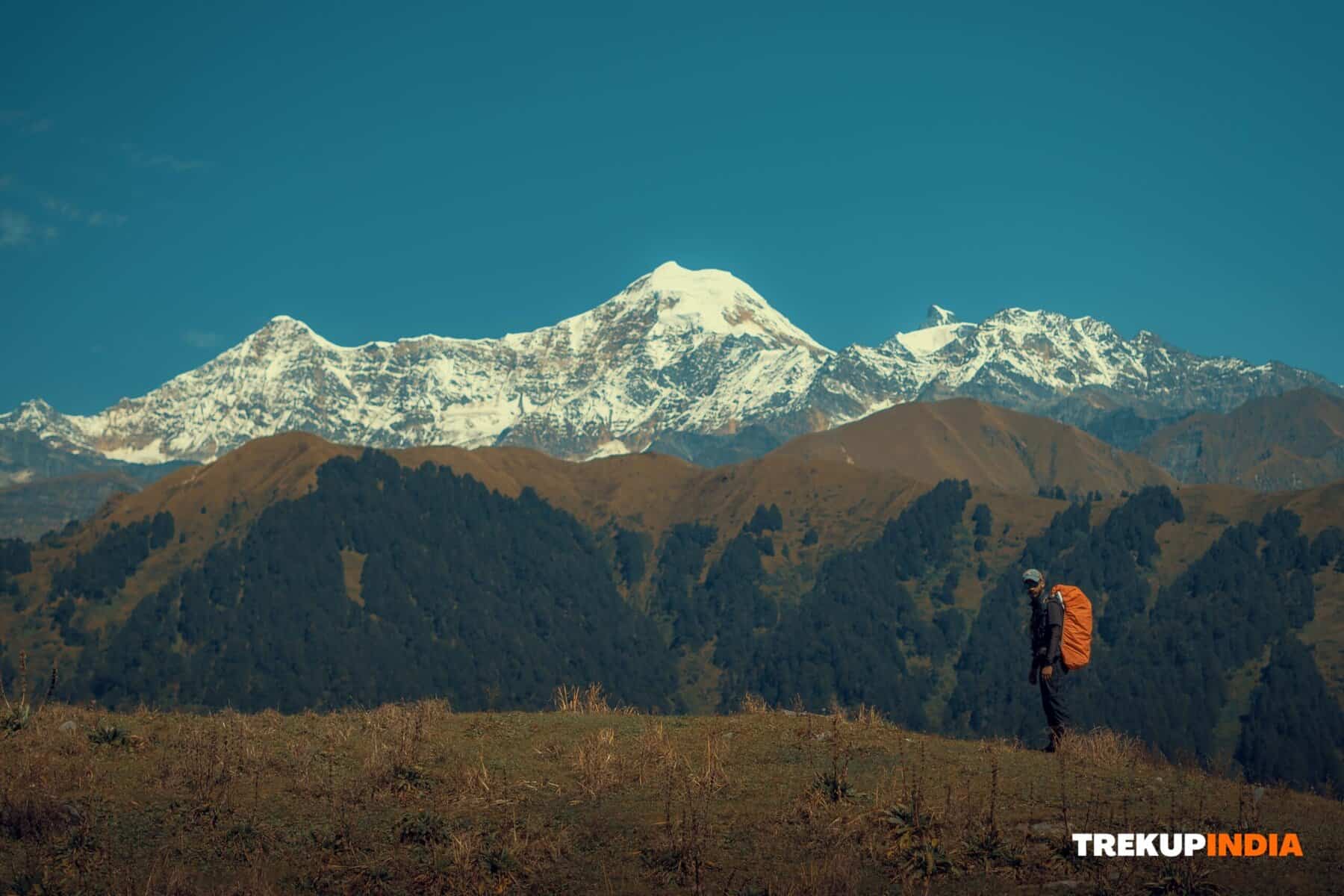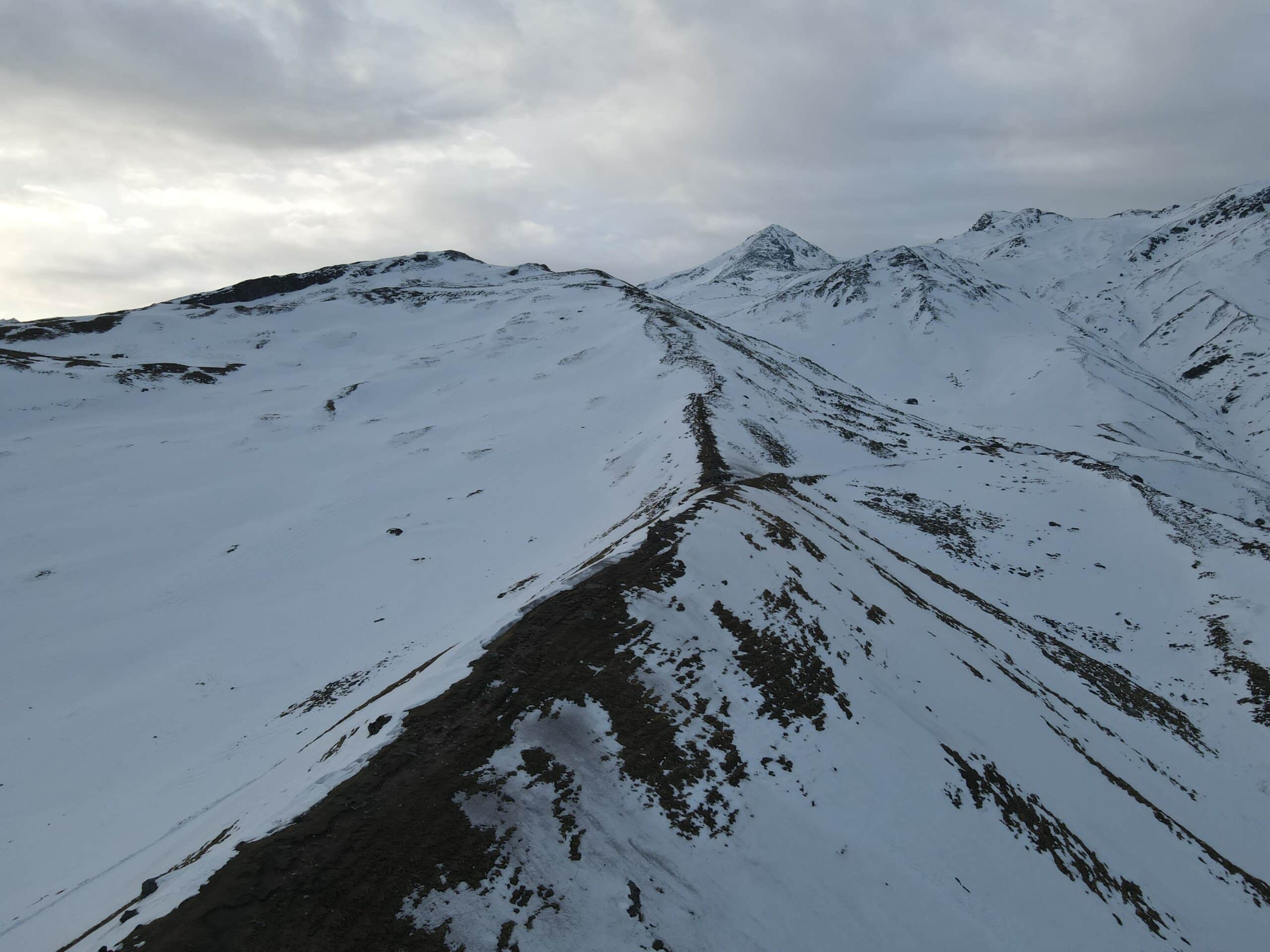Importance of Rest Days
TrekUp India believes that trekking should not simply mean breaking boundaries; instead, it should involve understanding these limits. Although mountain treks and stunning landscapes may entice trekrs to go further every day, one important aspect often overlooked in an enjoyable trek is taking time off for rest days – an effective rest day plan can make all the difference between a delightful adventure and one marred by injuries, fatigue, or altitude sickness.
Why Rest Days Are Important on a Trek
- Muscle Recovery & Injury Prevention
Muscles require continual attention to remain strong, especially those found in your back, legs, and core. Without sufficient rest periods to allow microtears in muscle fibers to heal fully and reduce tension or cramps from long-term injuries, rest periods also allow your body time to relax, recuperate, and regenerate itself, and minimize soreness or accident-related fatigue on the trek.
- Acclimatization at Higher Altitudes.
To successfully trek in higher altitude environments such as the Himalayas, rest is essential to acclimate. Oxygen levels will decrease with elevation changes and require some time for your body to adapt; taking one or more rest days (typically around or above 2,500m) could significantly decrease the possibility of contracting an AMS (Acute Mountain Sickness) condition such as HACE. Therefore, treks such as Kedarkantha, Rupin Pass, and Stok Kangri often include built-in days for acclimatization.
- Mental Refresh and Motivation
Running treks is more than a physical endeavor; it also challenges your mind. Continuous movement and adverse weather conditions can wear even experienced trek runners down, giving them time to refocus, enjoy their surroundings, and find motivation again for their trek.
Signs You May Need a Rest Day Our trek guides at TrekUp India are trained to detect signs of fatigue or altitude-related issues in trekkers’ bodies and warn of them accordingly. Every trekker should pay close attention to their body – the red flags could include:
- Consistent headaches or headaches
- Loss of appetite, nausea, or vomiting.
Sleepless and fatigued
Having difficulty falling asleep despite feeling worn out?
- Rarely, mood swings or irritability occur.
- Significantly less trekking speed or enthusiasm was experienced on recent treks.
- Muscle soreness that does not alleviate with light movements
- If you are experiencing any of these symptoms or conditions, rest days may not only be beneficial but may even be essential.
How to Maximize a Rest Day
A rest day doesn’t necessarily entail spending the entire day lounging in your camping tent (unless you are sick). Instead, it should involve “active rest” to maintain circulation and prevent stiffness.
Take short strolls around your camping area.
Consume a balanced diet and drink plenty of fluids; additionally, opt for high-energy-packed food items as snacks.
Practice gentle yoga or stretching exercises.
Keep a journal of your trek adventures, or just soak in the breathtaking mountain vistas by enjoying them.
Maintenance and inspection are key to the proper functioning of equipment.
Make friends among trekkers and form lasting bonds of friendship.
Rest Days = Stronger Finish
Our experience as guide providers of thousands of trekkers across India’s varied terrain–from snowy paths winding through Kuari Pass to mountain treks in Spiti has shown that those aware of their bodies’ signals perform better and are more comfortable on treks, not necessarily as an indicator of weakness but wisdom and perseverance.
TrekUp India’s Approach
Our carefully crafted itineraries incorporate thoughtful breaks when necessary no matter if it’s for first timers on a Himalayan trek or experienced mountaineers seeking to summit making sure there is time for rest, think, and recharge between adventures. The mountain is always there; your safety must always come first. Our company was established under this principle.
Trekking requires patience and attentiveness if it’s going to be successful; listen to what your body is telling you to stop when necessary.
Conclusion
Rest isn’t optional when trekking the outdoors it is an absolute requirement. Listening to and respecting your body’s need for rest and recovery will not only increase performance but will ensure safety and well-being on your trek. TrekUp India believes in prioritizing safety and wellbeing for its travelers. At TrekUp India, we emphasize the significance of taking your time when trekking – without forcing or straining yourself – while moving mindfully along your route using strength, endurance, and attention. As you begin a trek or climb an altitude mountain in the Himalayas or beyond, remember that the process is as important as your destination, and take time for relaxation and smart trekking rather than exhaustion. Let the mountains inspire rather than exhaust you!
About Author

Preetam Singh Rawat (Founder)
The person behind this trekking organization is someone who’s spent over a decade – 12 years, to be exact – living and breathing the mountains. With multiple high altitude summits under his belt (we’re talking 6000 to 7000 meter peaks), he’s not just experienced – he’s the real deal.
But what really sets him apart is the sheer number of treks he has guided. He has led over 200 Himalayan expeditions, including well known routes like Bali Pass, Buran Ghati, Rupin Pass, Pin Bhabha, Stok Kangri, and Black Peak. Not just once, but multiple times. So yeah, when it comes to the Himalayas, he knows every twist in the trail and every story the mountains have to tell.
Got questions or want to get in touch? Write to Preetam at preetam@trekupindia.com. He’s always happy to chat about treks, answer your questions, or help you prepare for your next big adventure.
Share this article
Dates For Upcoming Treks
Want To Trek Like Pro?
Basically, watch these videos if you want to trek the same way professional trekkers do and make your skills better. These videos contain useful tips and techniques to further improve your trekking skills itself. These videos actually help both new and experienced trekkers improve their trekking skills. These videos definitely provide useful tips that make your trek better. We are seeing that these videos by Trekup India experts will only help you make your trekking skills better.
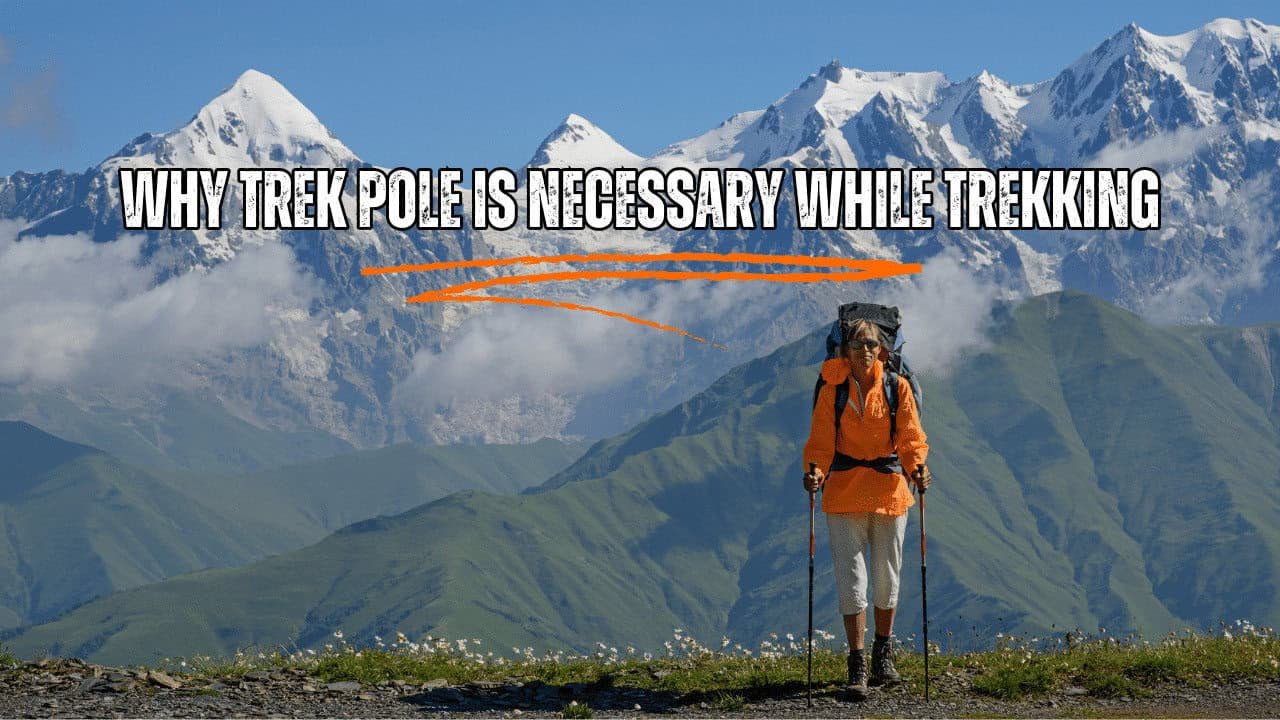
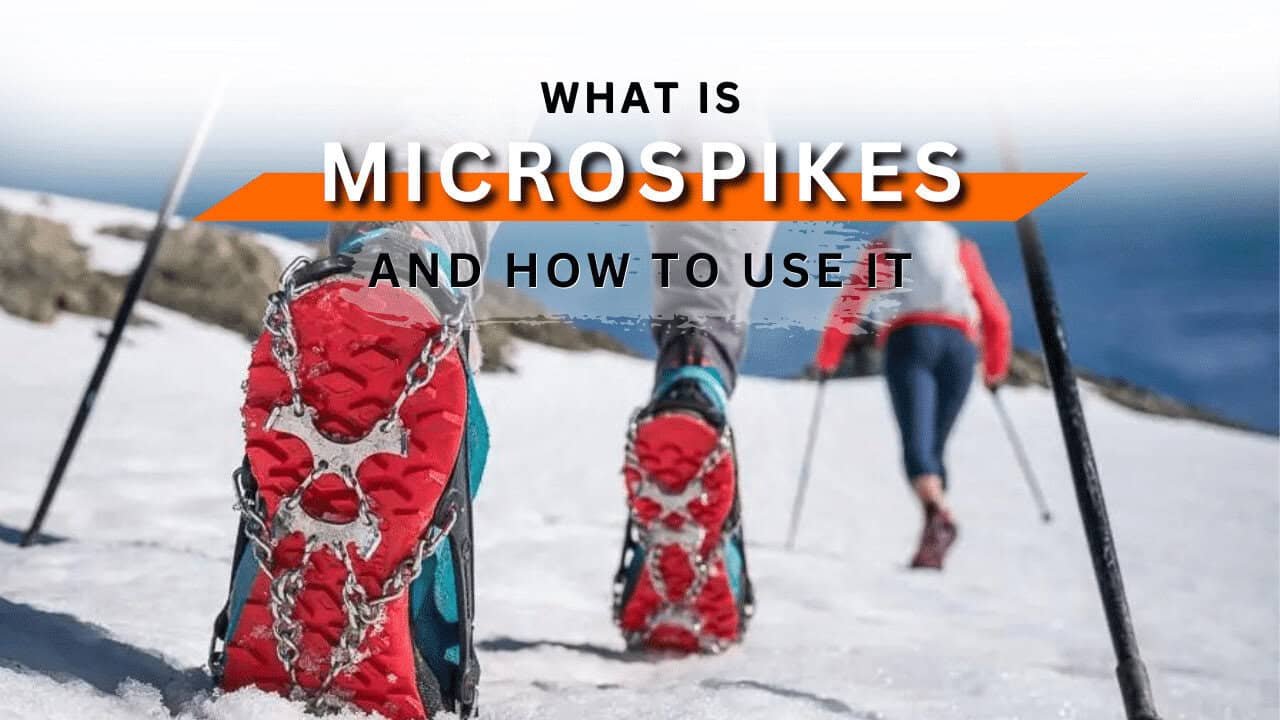

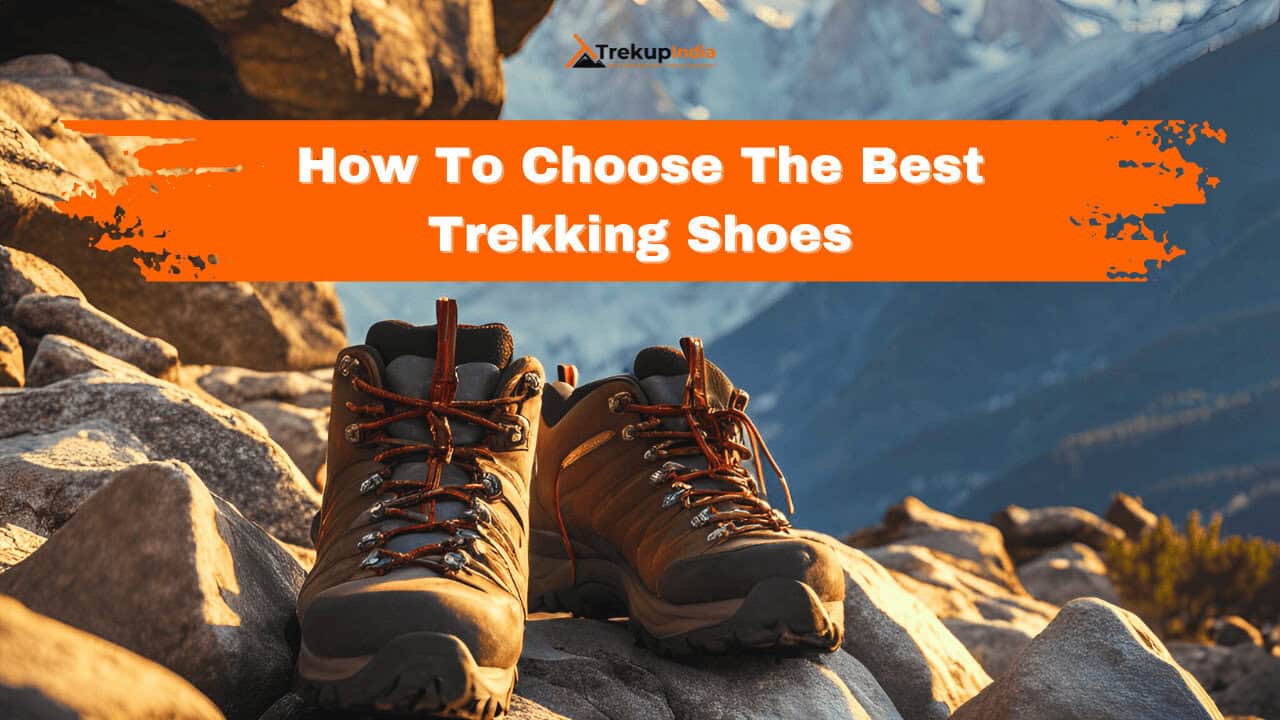

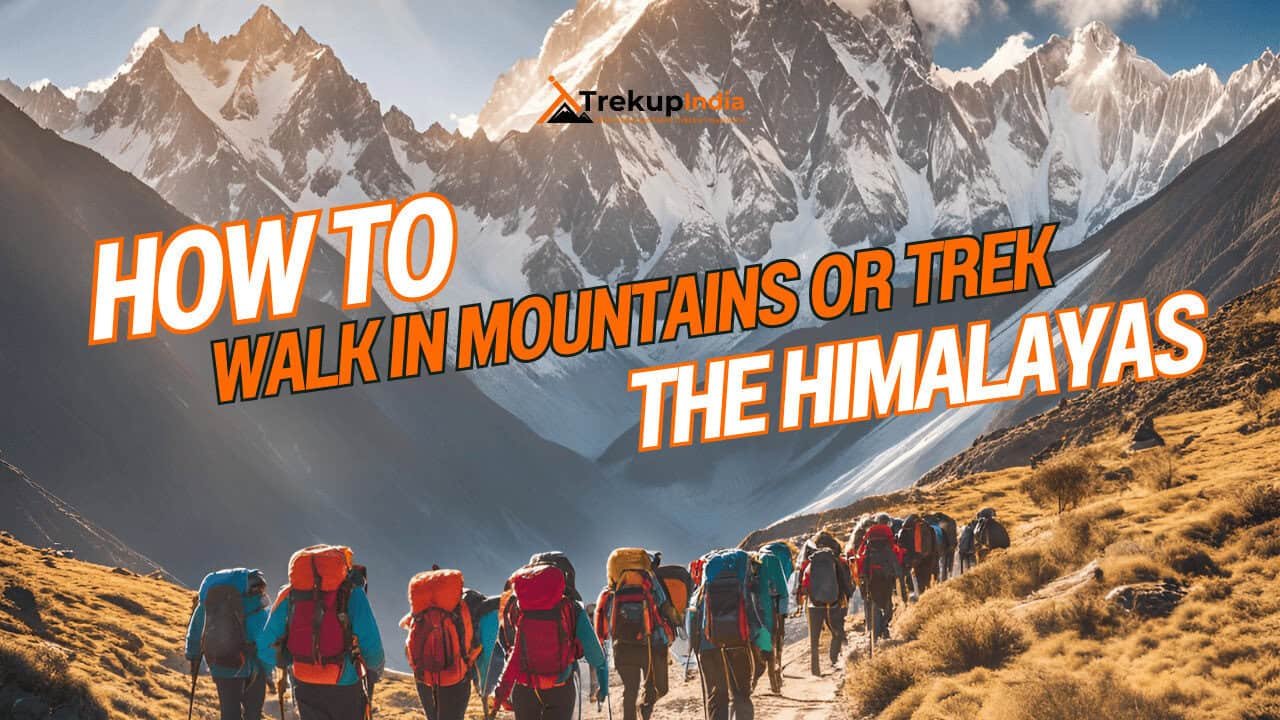

Know Everything About Acute Mountain Sickness
Acute Mountain Sickness occurs when people trek to high altitudes above 8,000 feet. This condition itself develops further due to reduced oxygen levels at such heights. Basically, as you go higher up, the air pressure and oxygen levels decrease, which causes the same problem. Acute Mountain Sickness surely causes headache, nausea, vomiting, and dizziness in affected persons. Moreover, peoples also experience difficulty in sleeping during this condition. To avoid mountain sickness, you should actually trek up slowly to higher altitudes. To learn further about this condition itself, watch the videos by Trekup India.
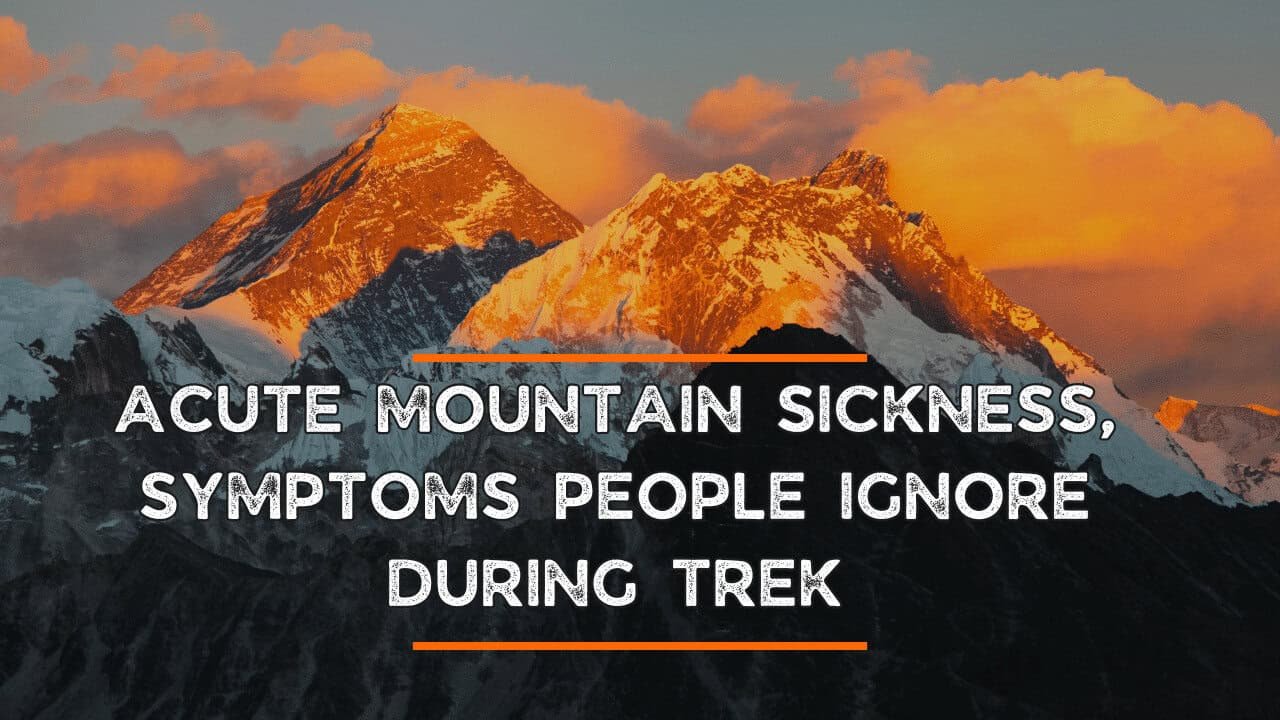
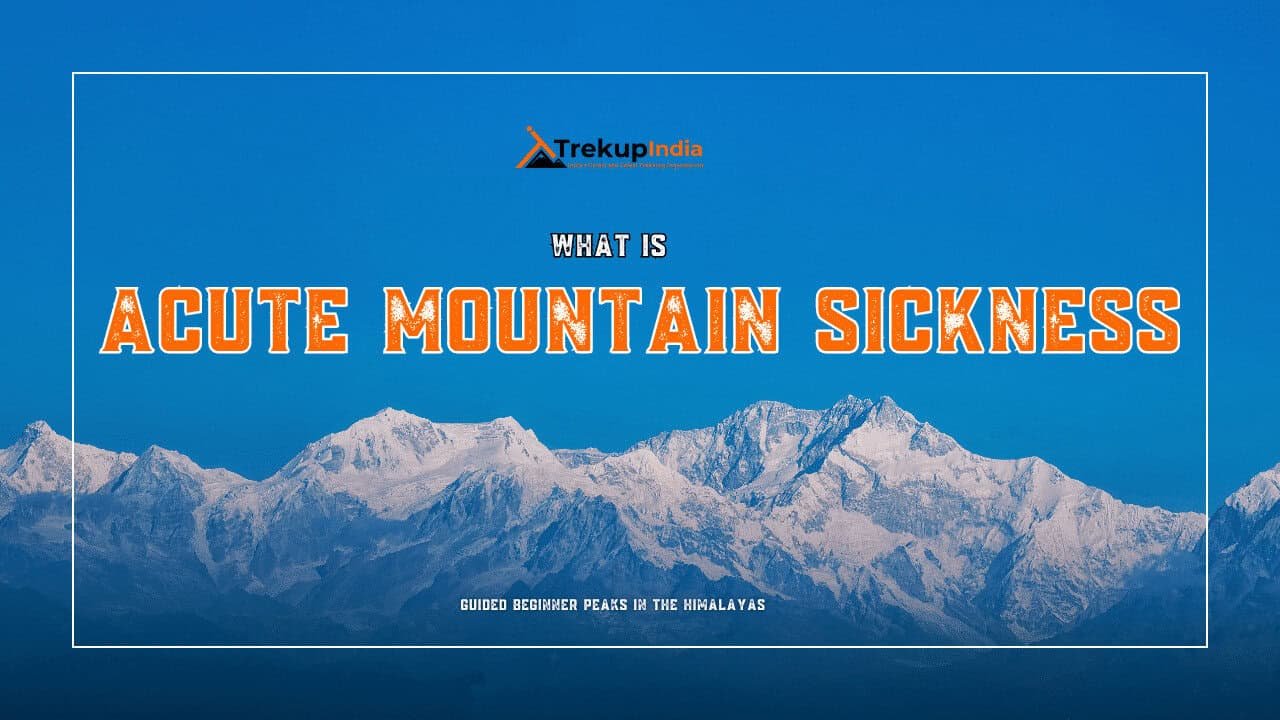
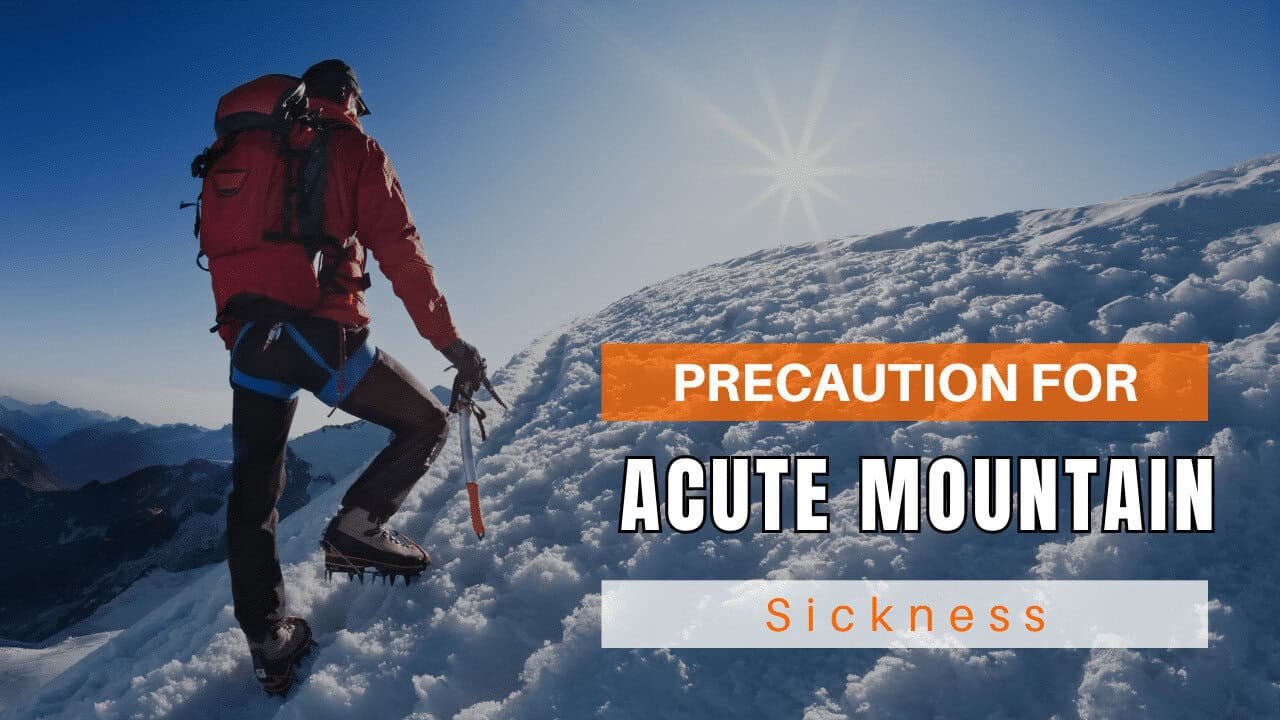
Sandakphu Trek - A Spectacular Hidden Gem for Adventurers
Let’s uncover why Sandakphu is a must-visit destination for intrepid adventurers. I want to share some personal stories that demonstrate my point. I’m confident my reasoning will persuade you by the time I finish.
1. Fleeting views of the Sleeping Buddha
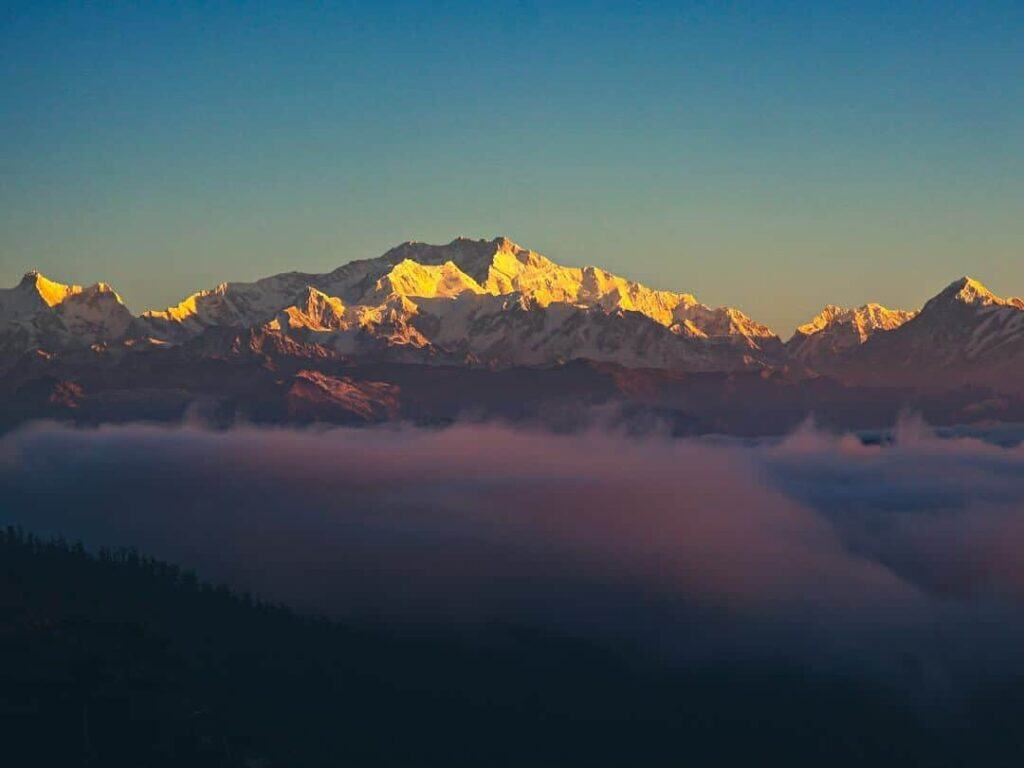
It is astonishing how little attention Day 1 receives in discussions. The forest areas are incredibly thick, allowing only minimal light to reach the ground. The forest’s density may deceive you into believing it is evening. When the forest opens up to a meadow, you catch sight of the Sleeping Buddha for the first time. Over the next three hours, the Sleeping Buddha appears to play a game of hide and seek with you. Upon reaching Tumling, you are welcomed by a clear view of the Sleeping Buddha.
2. Savoring Serenity: A Tea-House Retreat

The Sandakphu trek offers a taste of what it’s like to trek in Nepal without the need to set up camp or scout out a place to rest. Comfortable accommodations, such as wooden huts or basic lodges, provide cozy beds and warm blankets, making it feel like a luxurious experience. At Tumling, our club has windows that offer a direct view of the majestic Sleeping Buddha.
3. The Sleeping Buddha
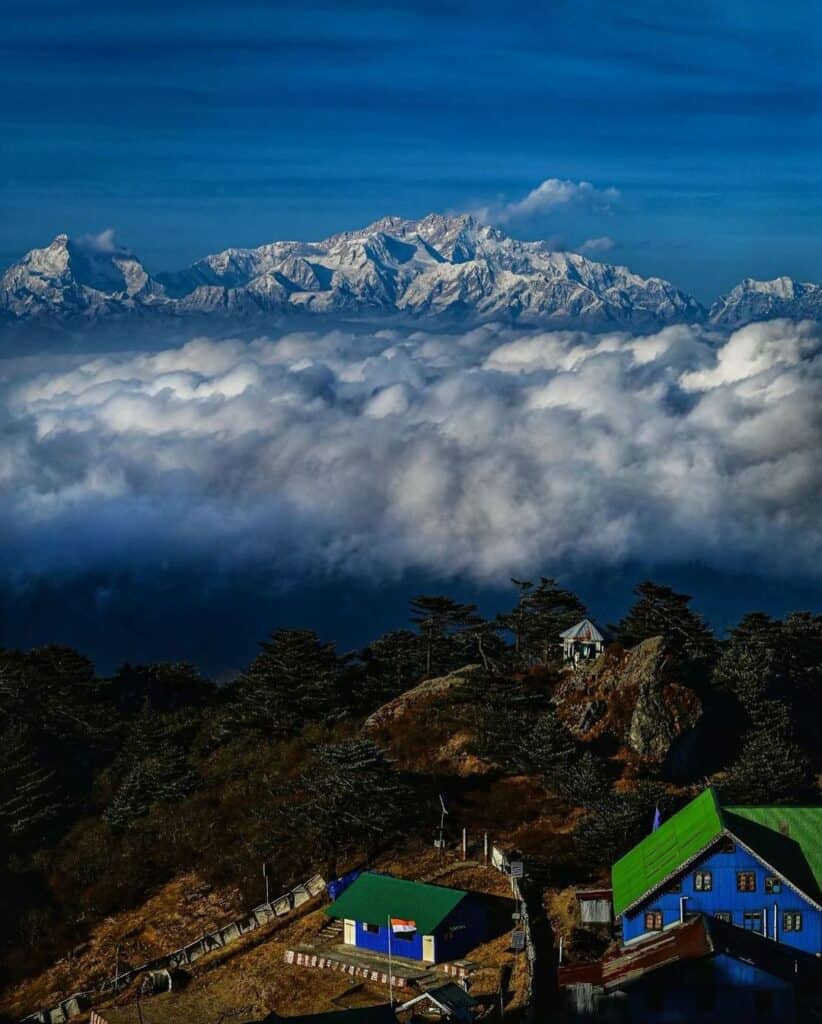
The majestic peaks of Mt. Kangchenjunga, Kumbhakarna, Pandim, and Kabru (North, South, Dome) create a striking resemblance to Lord Buddha in repose. This site will remain etched in your memory for a day and throughout your four-day trek. As you stand at Phalut, the mountains seem almost within reach, their proximity creating a sense of awe and wonder that is hard to shake off.
4. The stunning rhododendron forest is found in Singalila National Park.
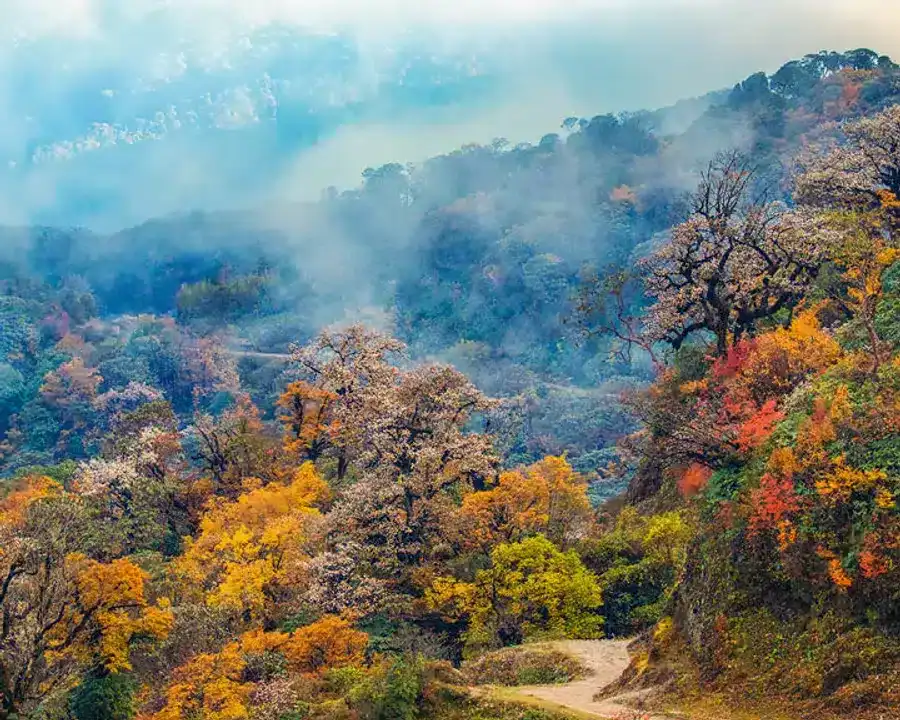
On the third day of your journey, you’ll venture into the magnificent Singalila National Park, where you’ll have the opportunity to witness the breathtaking beauty of fiery red Rhododendron trees, which are ablaze with color during March and April. These trees provide a vital habitat for the elusive Red Panda, a species that is sadly threatened with extinction, with an estimated wild population of less than 10,000 individuals. As you tread quietly along the trail, you may be fortunate enough to glimpse these enigmatic creatures, making your experience unforgettable.
5. The Himalayan Mountains, including Everest & its sister peaks
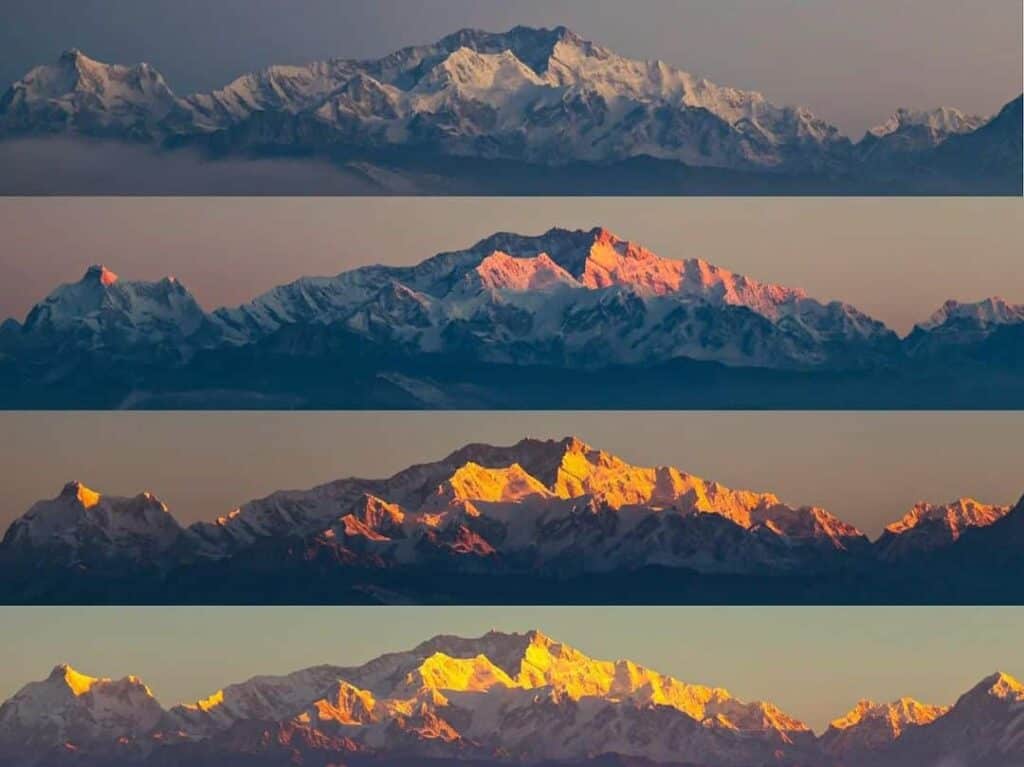
Sandakphu is a rare location on our planet where towering peaks reaching 8,000 meters can be seen. Notably, it offers a spectacular view of Everest, Lhotse, and Makalu and the opportunity to gaze upon the path ahead for the next four days of your trek. The extensive vistas from Sandakphu are genuinely remarkable.
6. Sabargram offers stunning mountain vistas.
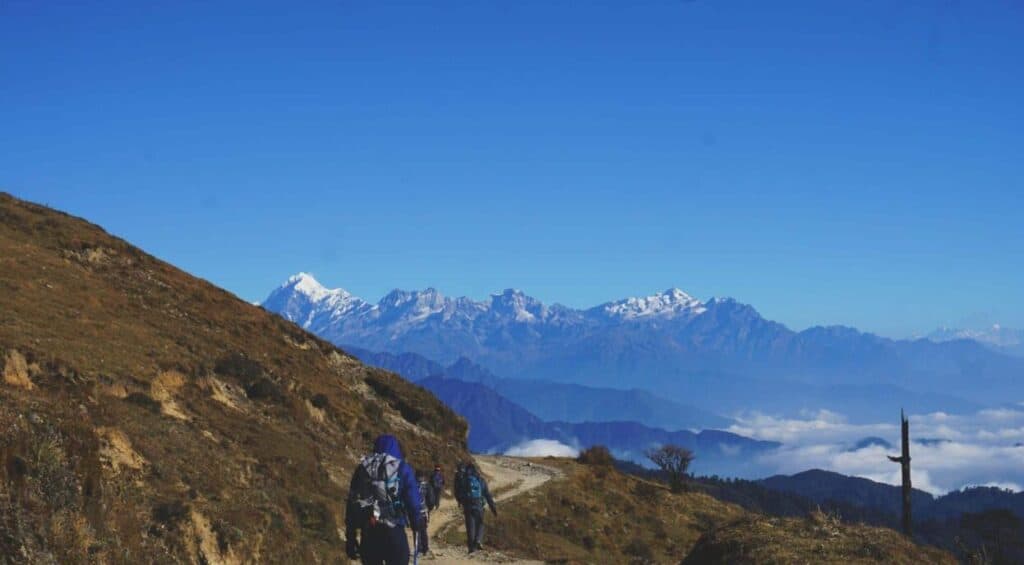
At Sabargram, mountain enthusiasts will find the ultimate vantage point. It’s one of the few campsites where you’ll have the opportunity to sleep in tents, surrounded by the awe-inspiring Himalayas. As you unzip your tent, you’ll be greeted by the majestic sight of the world’s highest peaks, an unforgettable experience for any mountain lover.
7. Descending into Enchanted Realms: A Journey Through Magical Forests
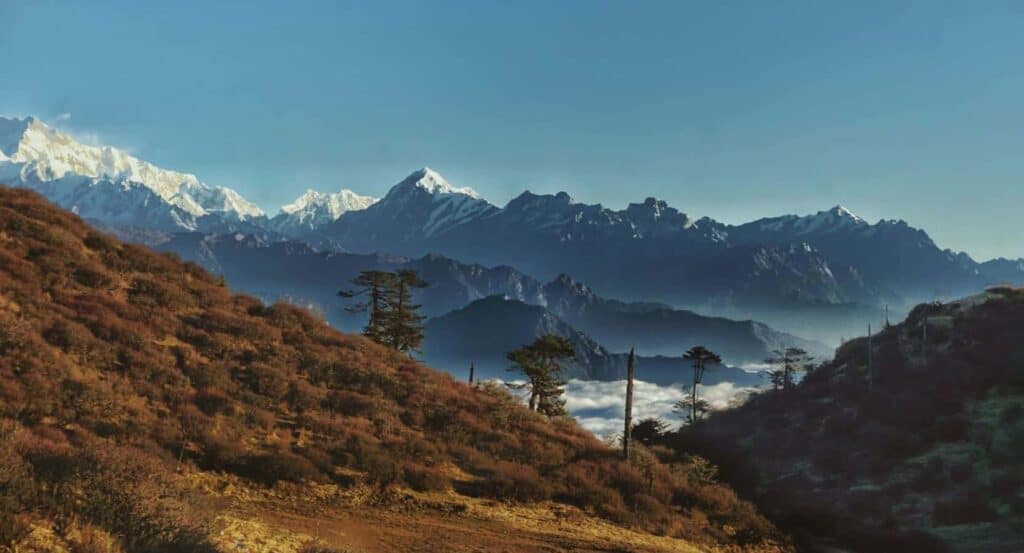
The journey to Gorkhey involves walking through a captivating forest with a diverse range of trees, such as rhododendrons, bamboo, and brown oak. The forest ground is covered with oak nuts, a favorite food of red pandas. Walking through the forest rejuvenates you and relieves your fatigue despite the long days.
8. Gorkhey and Samanden are the villages where you wish to establish your permanent residence.
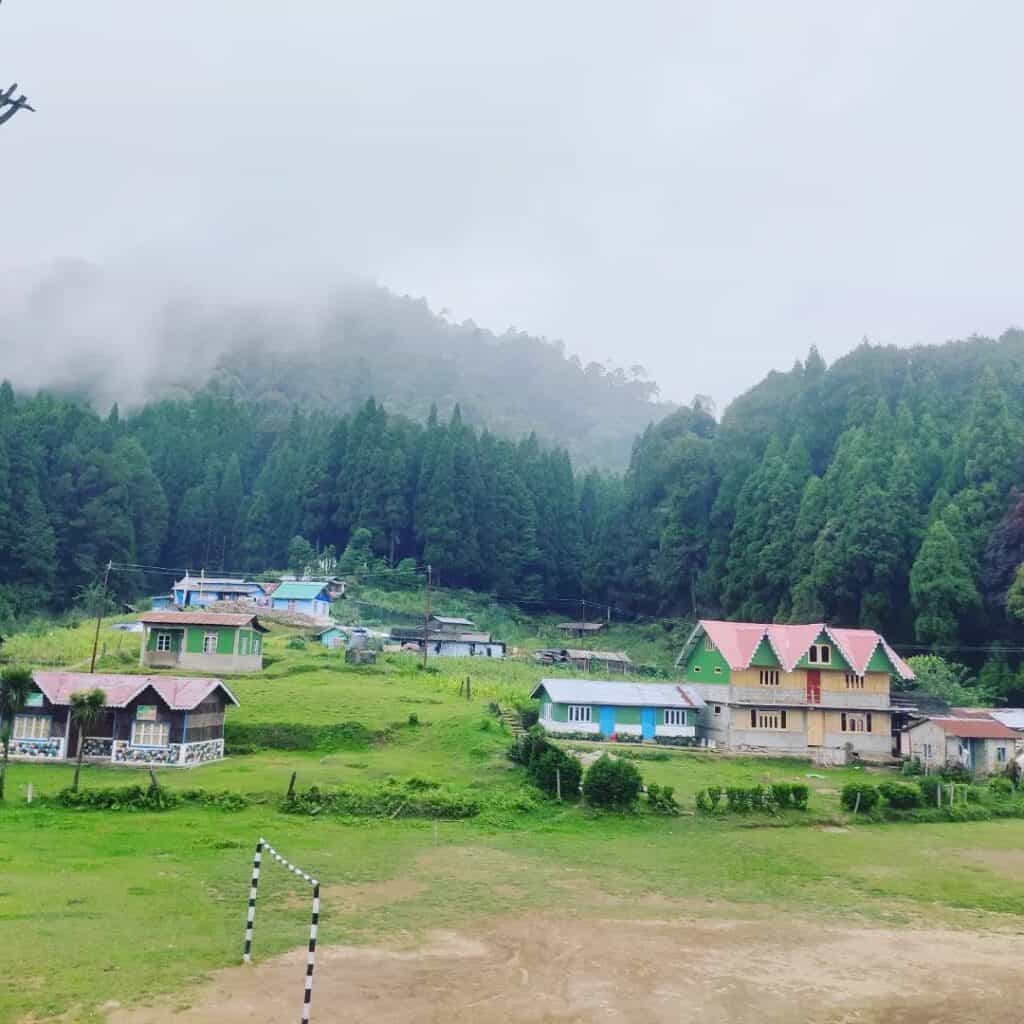
Gorkhey village is in a small open area surrounded by dense pine forests. A lovely river flows through the town, creating a captivating sight as one descends towards it.
Samanden, located an hour from Gorkhey, is a breathtaking village with charming wooden huts, lush vegetable farms, picturesque gardens, and small clusters of pine trees that enhance its beauty. I would love to establish a residence in this idyllic village. Following Samanden is Ramam. With reluctance, you bring your journey to a close at Sepi.
About Author

Preetam Singh Rawat (Founder)
The person behind this trekking organization is someone who’s spent over a decade – 12 years, to be exact – living and breathing the mountains. With multiple high altitude summits under his belt (we’re talking 6000 to 7000 meter peaks), he’s not just experienced – he’s the real deal.
But what really sets him apart is the sheer number of treks he has guided. He has led over 200 Himalayan expeditions, including well known routes like Bali Pass, Buran Ghati, Rupin Pass, Pin Bhabha, Stok Kangri, and Black Peak. Not just once, but multiple times. So yeah, when it comes to the Himalayas, he knows every twist in the trail and every story the mountains have to tell.
Got questions or want to get in touch? Write to Preetam at preetam@trekupindia.com. He’s always happy to chat about treks, answer your questions, or help you prepare for your next big adventure.
Share this article
Dates For Upcoming Treks
Want To Trek Like Pro?
Basically, watch these videos if you want to trek the same way professional trekkers do and make your skills better. These videos contain useful tips and techniques to further improve your trekking skills itself. These videos actually help both new and experienced trekkers improve their trekking skills. These videos definitely provide useful tips that make your trek better. We are seeing that these videos by Trekup India experts will only help you make your trekking skills better.







Know Everything About Acute Mountain Sickness
Acute Mountain Sickness occurs when people trek to high altitudes above 8,000 feet. This condition itself develops further due to reduced oxygen levels at such heights. Basically, as you go higher up, the air pressure and oxygen levels decrease, which causes the same problem. Acute Mountain Sickness surely causes headache, nausea, vomiting, and dizziness in affected persons. Moreover, peoples also experience difficulty in sleeping during this condition. To avoid mountain sickness, you should actually trek up slowly to higher altitudes. To learn further about this condition itself, watch the videos by Trekup India.





